
Looking for the best time to visit Iran? Before I can answer, you need to give me some information about your likes and dislikes, and priorities. Because, to be honest, it totally depends on what you desire. If you like cold or hot weather, sunny or cloudy. Or the destinations you are going to visit are so important to answer this question.
I can assure you even if you are looking for a totally exciting trip, making a snowman one day and the other day laying on the beach enjoying the sun and nice breeze, you can have it all in Iran. So that’s why I can tell you, if you are not strict about the cities you are going to see, Iran will surprise you in any season.
Anyway, we are going to learn about the high seasons in Iran. But do not let it deceive you. If you couldn’t make it during the peak time it does not mean you’ve lost your chance of having a spectacular travel to Iran. Here is the information. YOU choose what time is the best time for you to visit this extraordinary country. Yay!
Four Seasons in A Year or Four Seasons in A Day?

Surely, you’ve checked Iran on the map and know how vast it is. And the same reason gives it the great blessing of having four seasons in a year, in most parts of the country. But what makes every tourist marvel at, is the possibility of experiencing at least two seasons, winter and spring, in a day.
Imagine, in the morning you go skiing on the slopes of Disin Ski Resort, in Tehran. And then you take a flight, 1,300 kilometers away, to the Qeshm coast. You lay down and enjoy the pleasing warmth of the sun on your skin. What a BLAST!
Or picture yourself sweating on the humid jungles of Qleh Rudkhan, in the north, in summer. Then you take a flight to the Tabriz. Visit the outstanding Kandovan village, about 500 kilometers to the west. And the weather is so cool and no humidity. Isn’t it great?
Late November to Early March: Low Season

If you love the dance of colors in nature, November would be great for you. All leaves turn yellow, orange, and red. The glorious nature will impress you. However, you should remember, the days are much shorter than the summertime during this period. And it gets dark around 5 PM. You need to consider this info to plan your itinerary.
In these months of the year, most parts of Iran are very cold. And it snows heavily in some regions like the west and northwest of the country. We have snow in the altitudes of the capital, Tehran, also.
The northern, and central cities such as Tehran, Isfahan, Yazd, and Shiraz are not as cold as the western lands. However, rainfall is probable. During these months you can benefit from the different ski resorts including Disin and Tochal, in Tehran, Kuhrang in Isfahan, and many other.
There is a big But here. But the southern parts!!! The southern regions like Kish Island, Qeshm Island, Hormuz Island, Bandar-e Abbas, Chabahr, and Bushehr have spring weather that after tasting the cold weather of the capital, you might not believe. As if it’s not winter at all.
Advantages of Low Season

Although many might think you should visit any country when it is the peak travel season, as you see, it totally depends on what you are looking for. Moreover, during the low season, it’s less crowded and the tickets and hotels are available at lower prices. And some people love it better this way.
If you love joining Iranian Traditions, here is another reason to visit Iran during the low season. On a December night (21st, this year) which is the last day of fall in Iran, family and friends get together. They celebrate the longest night of the year, Yalda Night (Shab-e Yalda). Iranians do a lot of fun stuff that has deep roots in their culture.
As February passes and March takes its place the weather gets warmer. And as it goes by, you see the number of the tourist increases every day. Yet you should not fall into the trap of the sun shining warmly during the day. As the sun sets you might feel cold and need to put on something.
Late March to the End of June: High Season

Many consider this time of the year the best season to travel to Iran due to the great weather. By mid-March, you can feel the spring in the air and wherever you look at. This renewing does not only belong to the earth, you can see it in the people, too. Since they are all preparing for the new year, Nowruz.
If you love to see busy!! It’s the busiest time of the year in Iran. Especially with the Chahar Shanbe Soori coming up. It is a tradition that Iranians celebrate the last Tuesday of the year. They set fires and jump over them. They do fireworks and eat special meals. If you want to experience the New Year’s atmosphere in Iran, it’s the best time for you.
During the Nowruz holidays that is 13 days, people plan to visit their families and many go on a trip. That’s why the tickets and hotels rise in price. And you need to book them way sooner. So if you do not like crowded you’d better wait till the end of the Nowruz, when the domestic trips decrease.
by the end of march the southern parts, get hotter and hotter every day and fewer people tend to visit there.
If you would like to travel to Iran, you can request your favorite Iran hotels.
July to the End of August: The Sun Shines Harder
In most parts of Iran, the cool, nice weather leaves and the air conditioners are on all day long, even at night. Yet the western, northwestern, and northern parts of the country host many domestic travelers during this time. Anyway, it’s summertime and lots of summer school holidays. Except for the areas mentioned above, the hotel prices get lower during this time.
September to Early November: High Season Is Back Again
Usually, from September the weather gets better and continues till mid-November. Almost by late September, the domestic trips are on. But after that, students go back to school and college, so everywhere would be less crowded. So that’s another best time to travel to Iran. The difference is the days get shorter.
Min and Max Average Temperature
The table below will let you know the average temperature (Min and Max C°) of the most popular cities during the different months of the year.
Travel to Iran during Religious Events
In Ramadan

Iran is an Islamic country, that’s why every year according to the Islamic calendar many of them fast during Ramadan. The Islamic calendar is lunar. Meaning in a solar calendar Ramadan moves a few days backward each year. For example, in the year 2021 Ramadan started on April 14th. Next year it will begin on April 2nd.
Muslims fast from about an hour before dawn to dusk. During Ramadan, no one is allowed to eat, drink or smoke in public, even if you are not fasting. That’s why most of the cafes, restaurants are closed until the sunset. However, some restaurants have permission to serve food, during the day, for tourists and other purposes. They are few.
The good news is you can have a totally different experience during Ramadan in Iran. If you wish you can stay with some Iranian friends who fast and try the whole ritual for one day. They get up a few hours before sunrise, prepare some food. They eat and drink before the time of Azan. After Azan they say prayers. And some go to sleep again afterward.
Then during the day, they do their routines except for eating and drinking. The delicious part is after sunset (Eftari). Some dishes are most popular in Ramadan. And I bet you will love them. During this month, the cities are quieter. And people rarely have non-business trips. However, after Eftari, people get out of their homes. The shopping centers, restaurants, and cafes are full of people in the evening.
If you have any questions about Iran buses, Iran flight tickets, or Iran car rental services, we will be pleased to answer them
In Muharram

Muharram is one of the most important religious months in Iran. And it is also the first month in the Islamic calendar. People mourn in Ashura which is the 10th day of Muharram for the murder of Imam Hussain, the grandson of Muhammad.
On the Day of Ashura government offices, schools, universities, malls, historical sites, and everywhere are closed. People come to the street and do religious rituals to remember that event and to be loyal to their religious values to defend justice in society.
Such rituals are practiced from the beginning days of Muharram till the 10th day. “Arbaeen” is the 40th day after Ashura and it is an official holiday, as well. People wear black clothes to show their sorrow and grief these days. And you may see the black flags hanging all over the city during this month, particularly in religious cities like Mashhad, Qom, Esfahan, and Yazd.
For many tourists, it is wildly exciting to engage in such rituals. Especially some of them might be so weird for you. Khomeini Shahr is so popular for its very different rituals that might be somehow scary. It involves shedding blood in Imam Hussain’s grief.
Final Words
Thank you for joining Tap Persia. We hope you have enjoyed reading the article. if so please let us know in the comments. Remember, your words are worth the world to us. If You have any questions or need more info you can reach us via the contact information below the same page.
Have you ever been to Iran During Ramadan or Muharram?
How did you like it?
Hope to See You Soon in Iran!
Last edited: August 26th, 2021

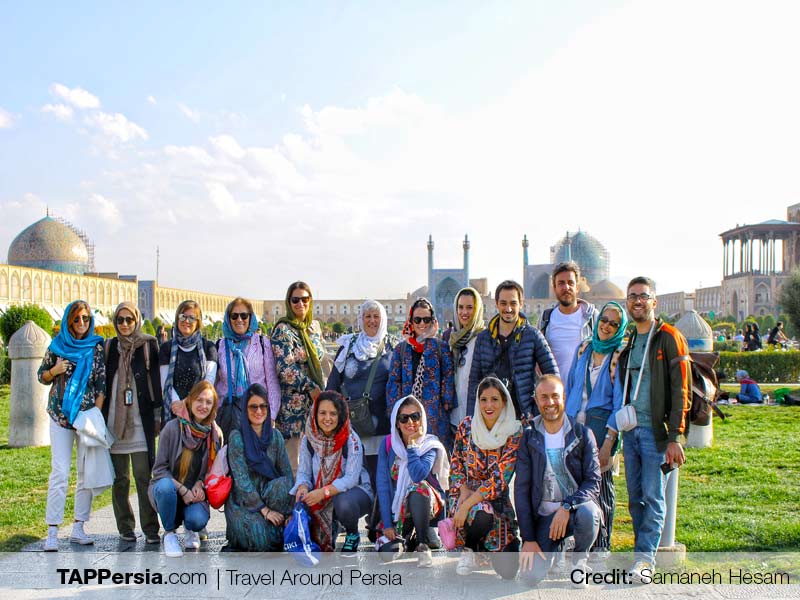

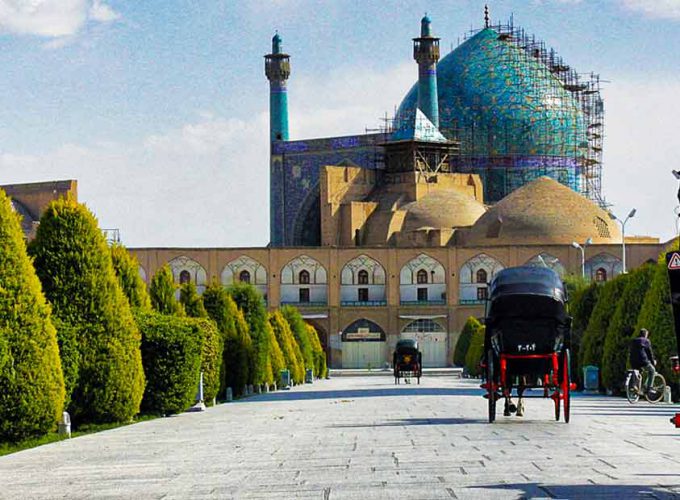
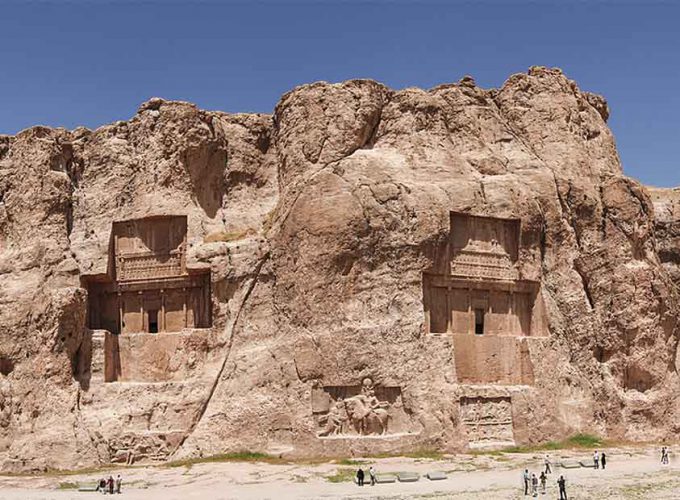
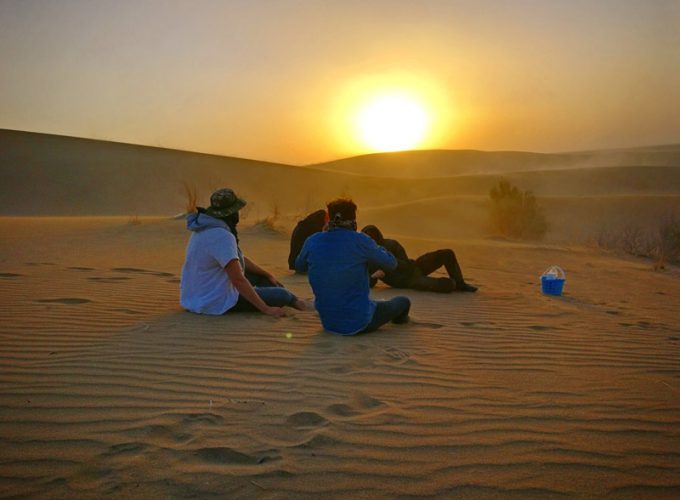
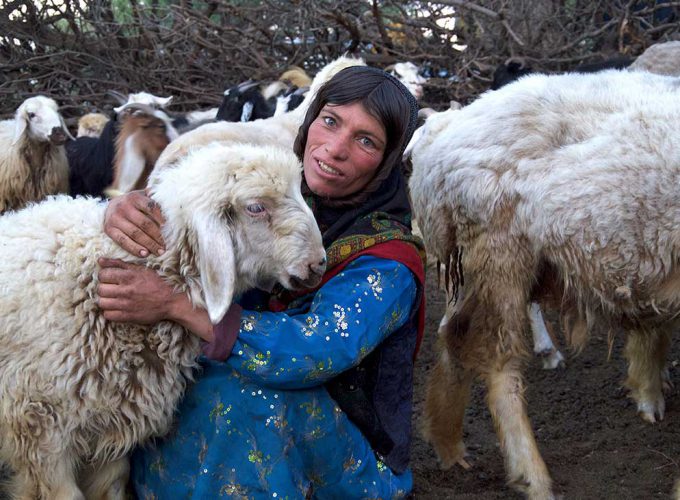
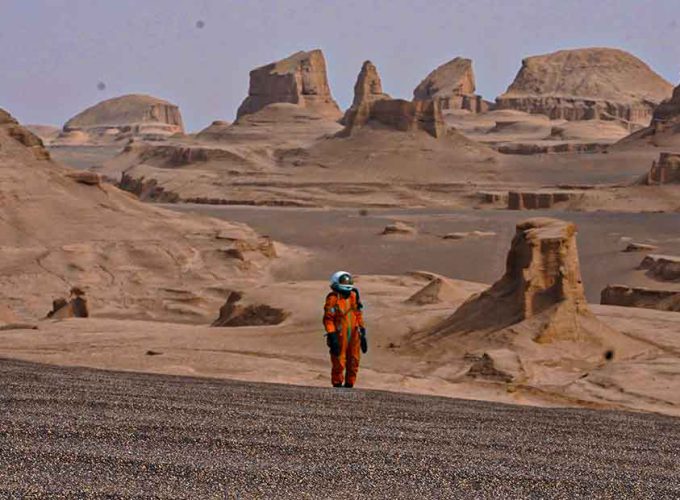
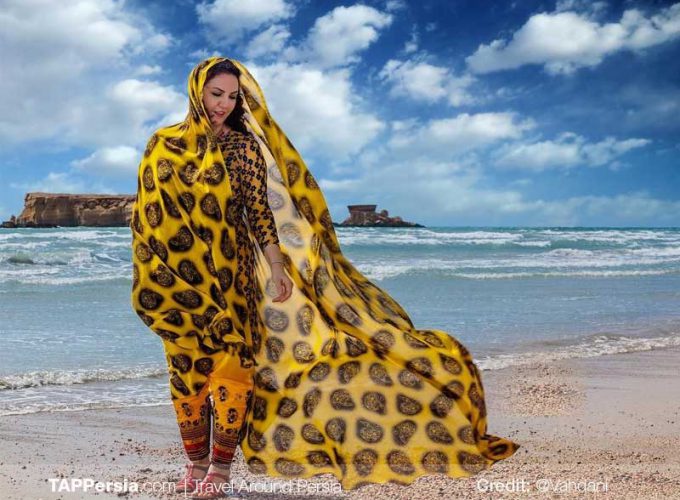


Comment (0)